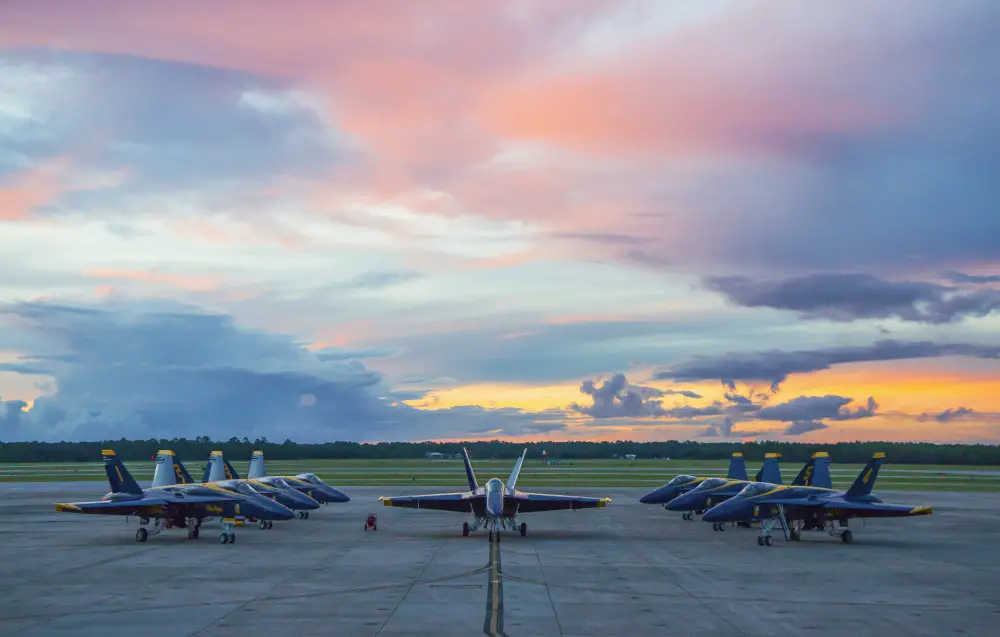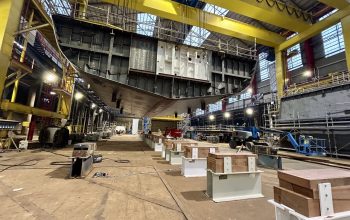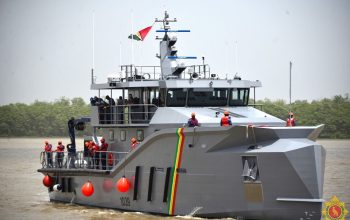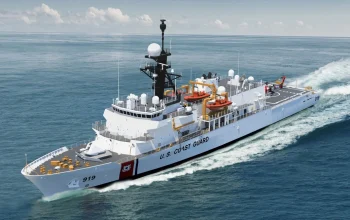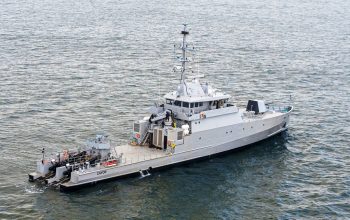The U.S. Navy Flight Demonstration Squadron, the Blue Angels, conducted the final flight on the F/A-18 A/B/C/D “Legacy” Hornets marking the official transition of the Blue Angels to the F/A-18 E/F Super Hornet platform. The 2020 show season marked the end of the service life of the aircraft the team has flown for 34 years. The Hornets were slated to fly over nearby beaches on Florida’s panhandle and the coast of Alabama and return to NAS Pensacola. The 2021 show season will be the Blue Angels’ first year flying the Super Hornet platform as well as the 75th anniversary of the team. The final flight, lasting approximately 30 minutes, will be conducted from 4 p.m. CST and will take-off and land at squadron’s homebase of Naval Air Station (NAS) Pensacola.
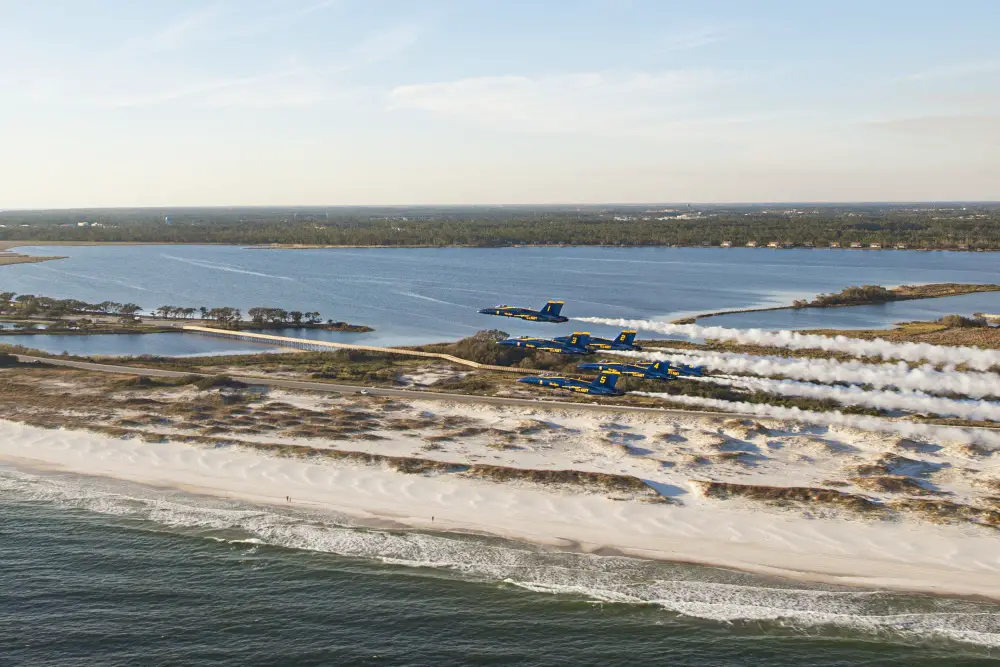
“Today we conducted our final flight on the F/A-18 A/B/C/D “Legacy” Hornets marking the official transition of the Blue Angels to the F/A-18 E/F Super Hornet platform. We are incredibly honored to have the opportunity to salute those teams who have flown, maintained and supported this platform for over three decades of service,” said Cmdr. Brian Kesselring, U.S. Navy Blue Angels commanding officer and flight leader. “We deeply appreciate the expertise and operational knowledge Blue Angels past and present have brought to the team and we look forward to enhancing our operations as we fully transition to flying the Super Hornet.The 2020 show season marked the end of the service life of the aircraft the team has flown for 34 years.”
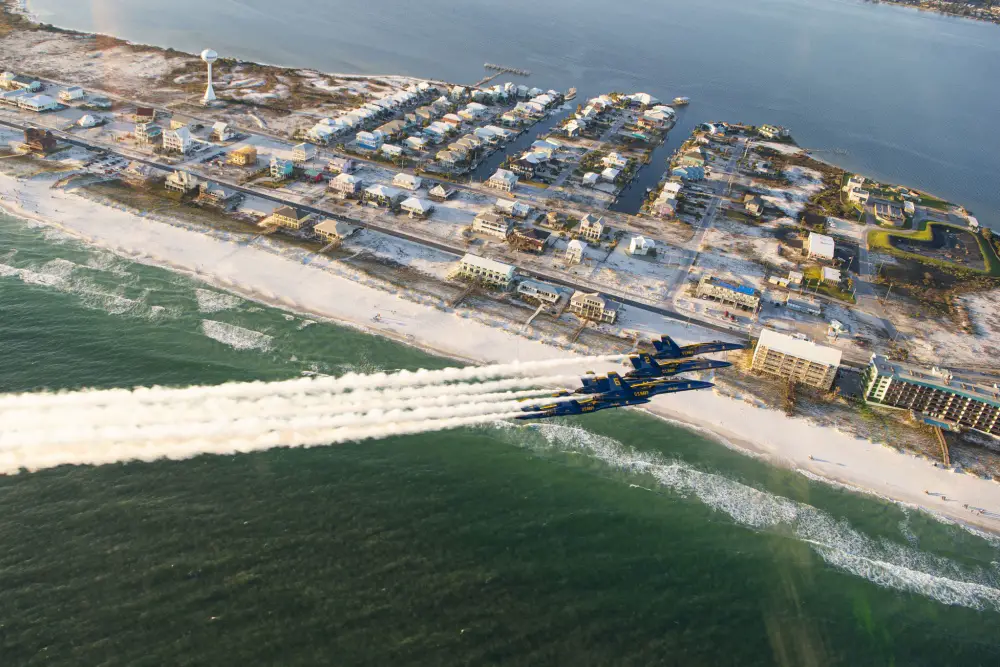
Boeing is awarded a delivery order in support of the conversion of eleven F/A-18E/F Super Hornet aircraft for the U.S. Navy Blue Angels flight demonstration team. The delivery order is for the retrofit documentation and kits to convert nine F/A-18E (single-seater) and two F/A-18F (twin-seater) aircraft into a Blue Angel configuration in accordance with engineering change proposal 6480. The firm-fixed-price delivery order, worth around $17 million, was awarded by the U.S. Naval Air Systems Command (NAVAIR) located at Patuxent River, Maryland. Fiscal 2018 aircraft procurement (Navy) funds for the amount is obligated at time of award, none of which will expire at the end of the current fiscal year. Work will be performed in St. Louis, Missouri, and is expected to be completed in December 2021.
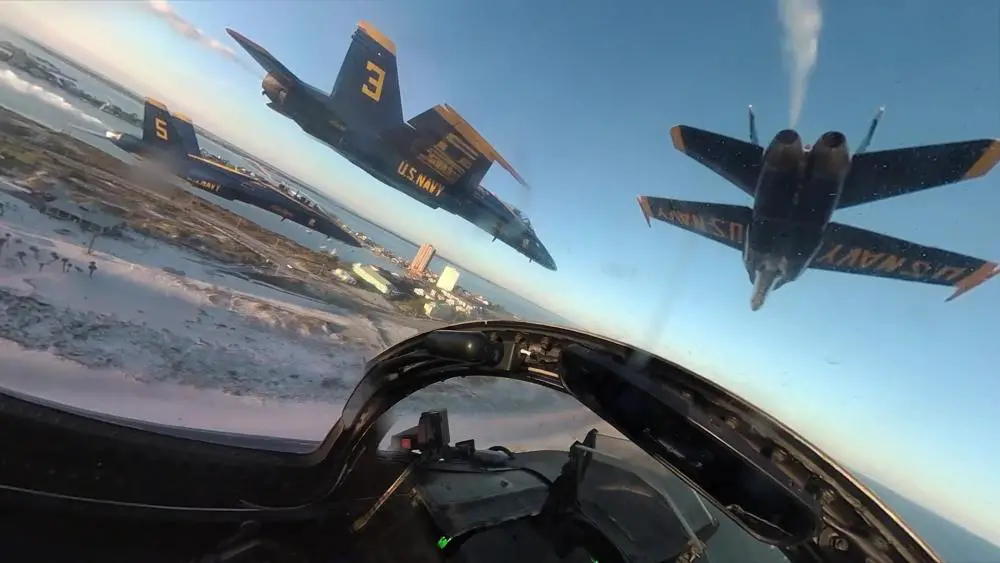
The Blue Angels flight demonstration squadron was formed in 1946 by the United States Navy. The unit is the second oldest formal aerobatic team (under the same name) in the world, after the French Patrouille de France formed in 1931. The Blue Angels’ McDonnell Douglas F/A-18 Hornets (numbered 1–6) are currently flown by five Navy demonstration pilots and one Marine Corps demonstration pilot.The Blue Angels typically perform aerial displays annually in at least 60 shows at 30 locations throughout the United States and two shows at one location in Canada. The “Blues” still employ many of the same practices and techniques used in the inaugural 1946 season. An estimated 11 million spectators view the squadron during air shows from March through November each year.
